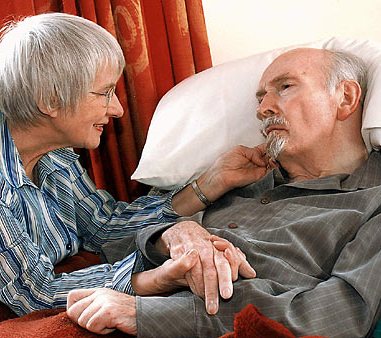Early Alzheimer's Identification Method Discovered
 Researchers at UC Davis discovered that abnormal brain images combined with examination of the composition of the fluid, which surrounds the spine may provide the earliest signals distinguishing healthy older adults at risk of having Alzheimer's disease.
Researchers at UC Davis discovered that abnormal brain images combined with examination of the composition of the fluid, which surrounds the spine may provide the earliest signals distinguishing healthy older adults at risk of having Alzheimer's disease.
Lead study author Laurel Beckett, a professor of public health sciences at UC Davis said, "Our findings indicate that a distinctive pattern of imaging and biomarker deviations from typical adults may be an early warning sign of neurobiological pathology and an early sign of Alzheimer''s disease."
The research analysis chose a subgroup of healthy adults who later would experience a fall in memory performance typical of early Alzheimer's disease long before other study partakers.
For the research, Beckett and her group utilized data from the Alzheimer's Disease Neuroimaging Initiative that offers researchers with access to brain scans, clinical data and other laboratory results from spinal fluid and blood examinations from over 800 older adults.
Some study partakers started with a clean slate of cognitive health, a few with mild cognitive impairment and others with mild or moderate Alzheimer's disease.
The researchers examined data from 220 normal older adults who had experienced structural magnetic resonance imaging (MRI) and clinical tests.
About half also offered up spinal fluid samples. Among the 96 participants, cluster analysis identified three distinct subgroups of individuals based solely on their baseline imaging and laboratory measures.
During the next 3 years, few of these fit people showed any cognitive change. But cognitive tests for people in one of the subgroups declined at nearly five times the rate as healthy older adults.
The research has been released in the journal Neurobiology of Aging in June. (With Inputs from Agencies)